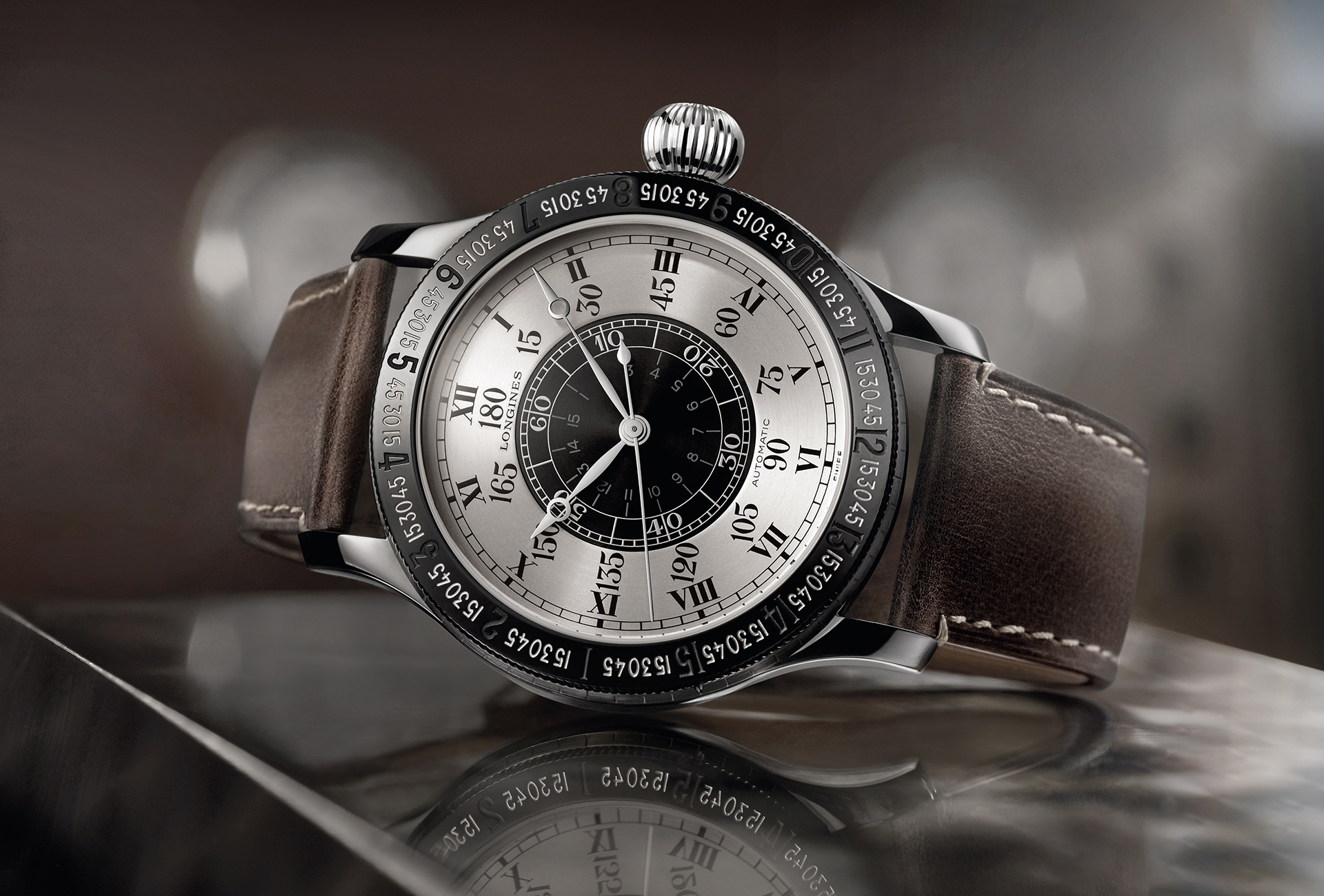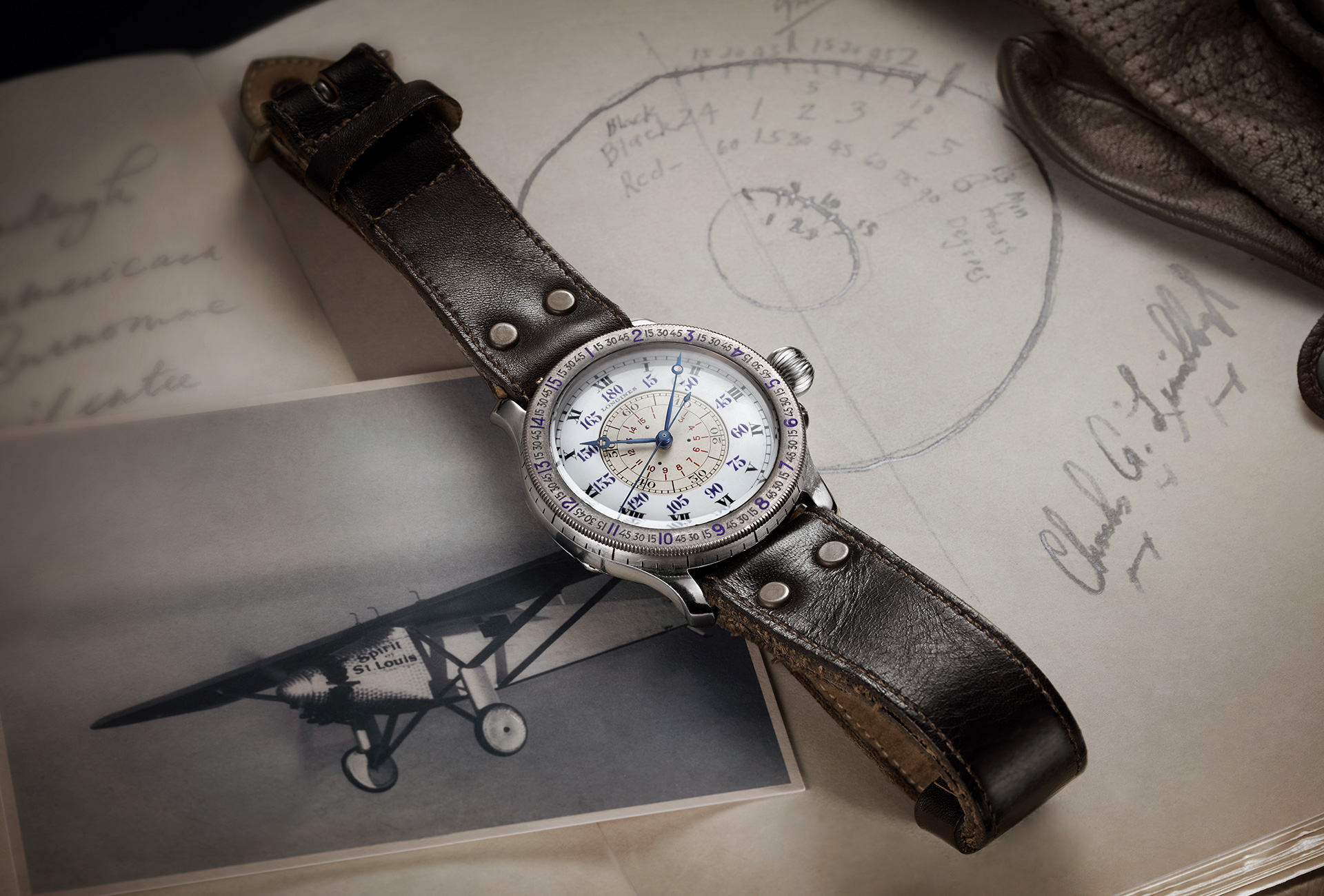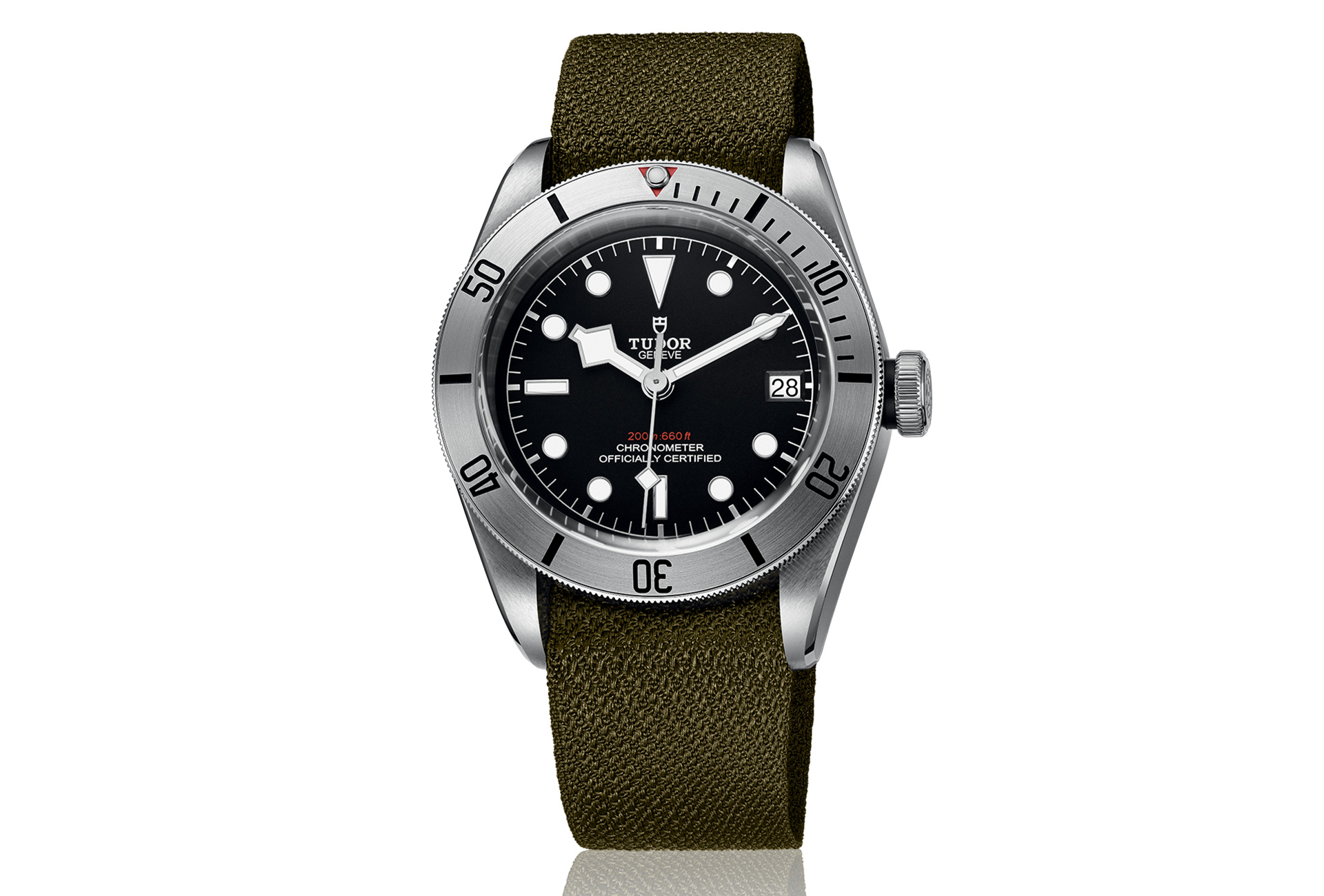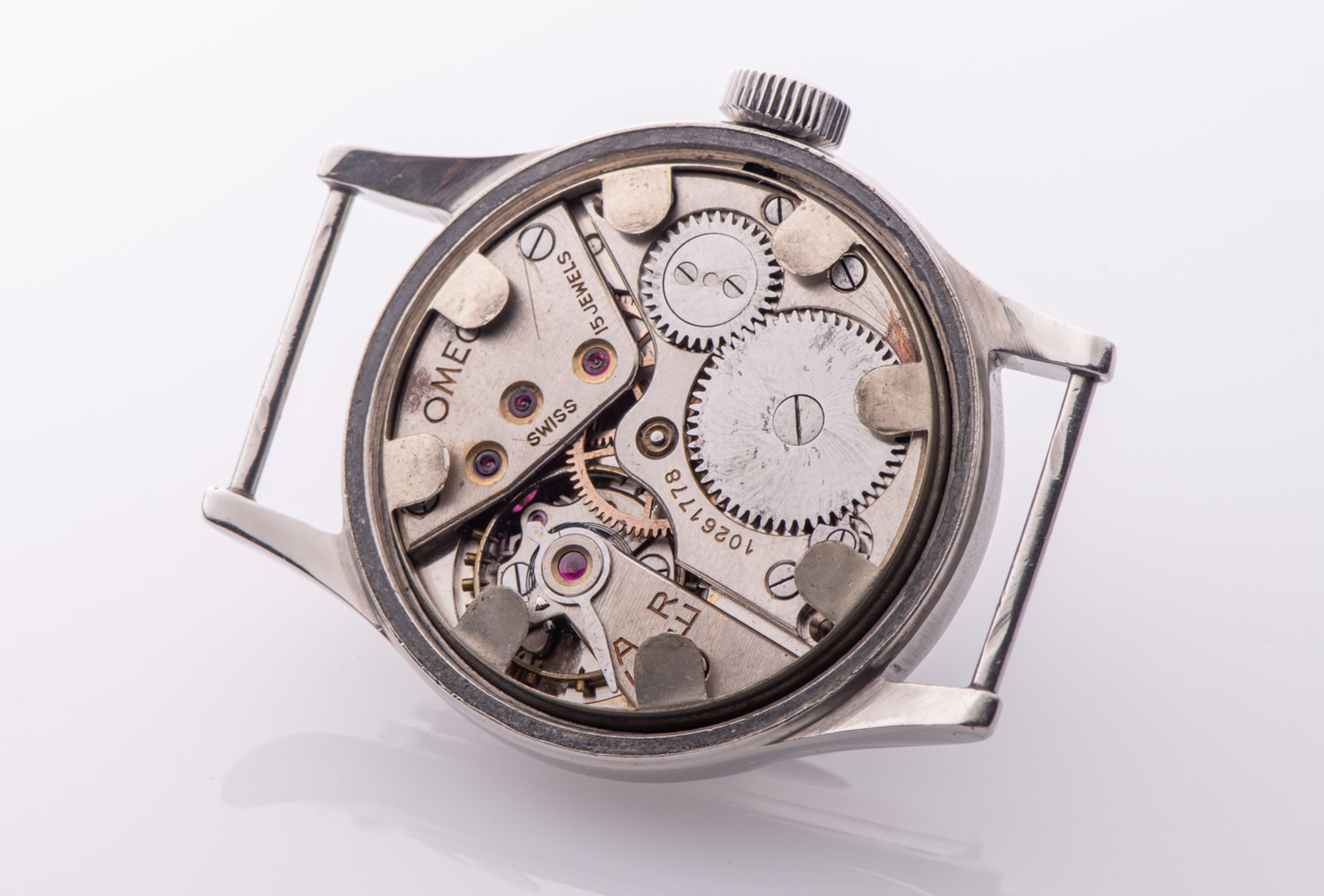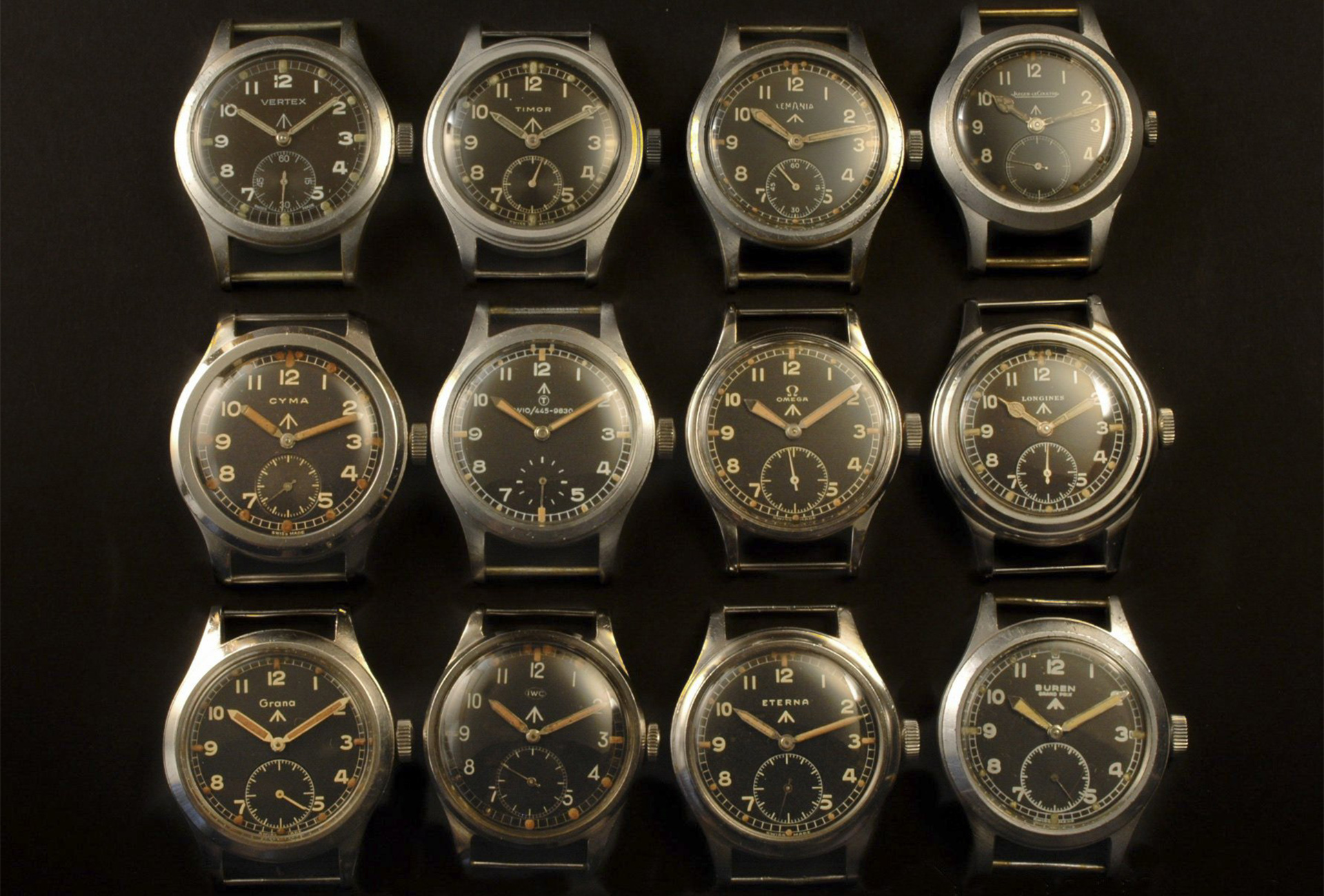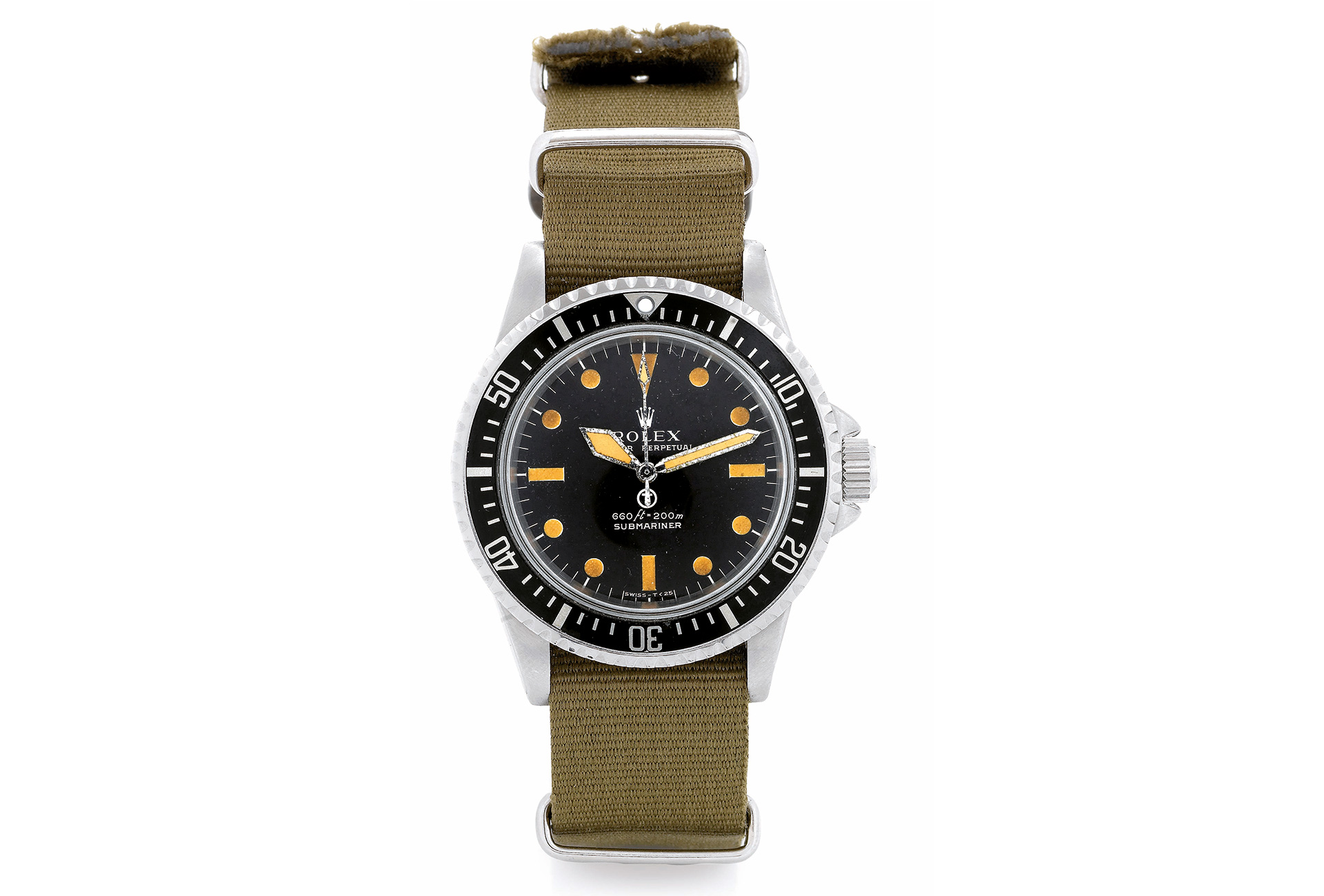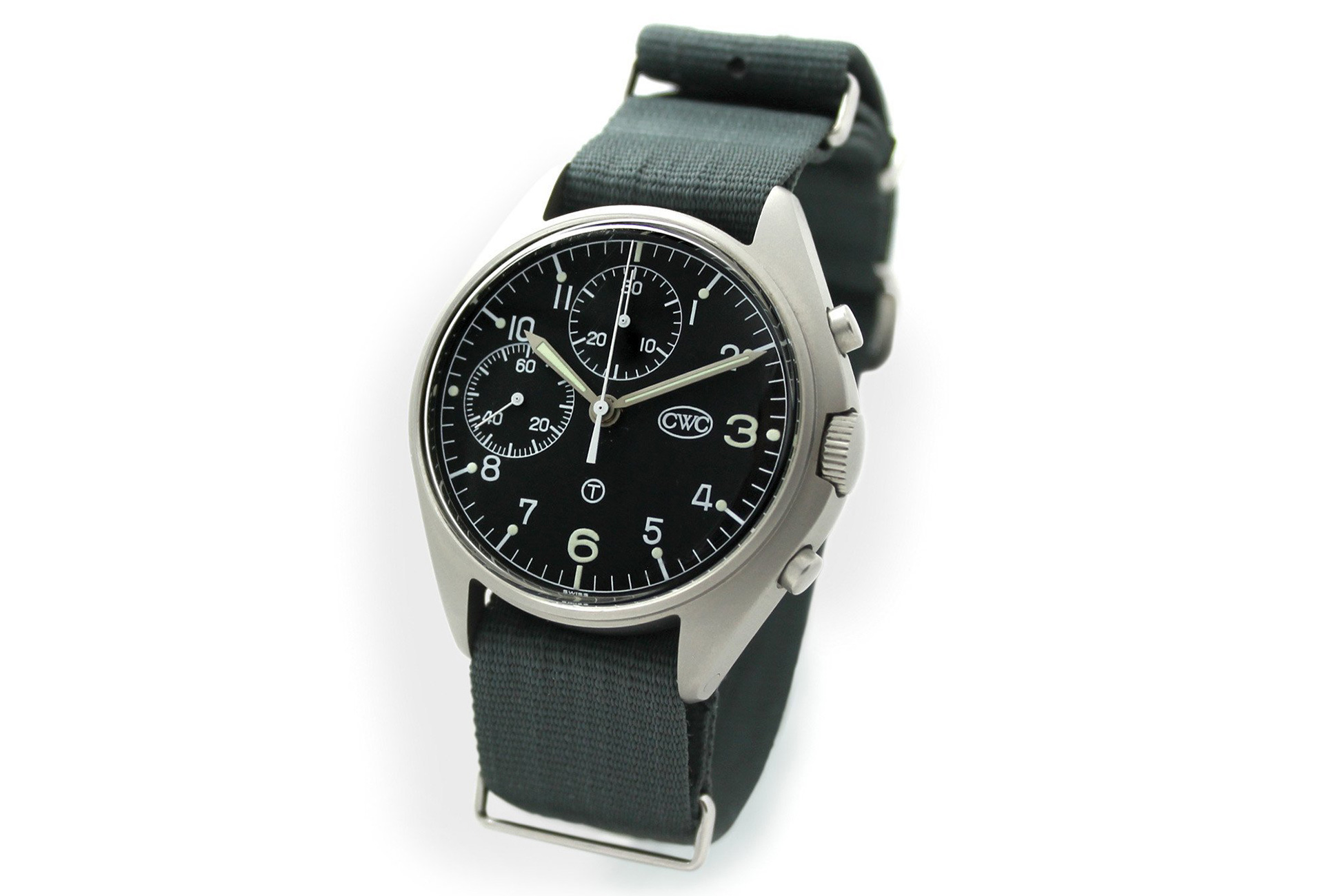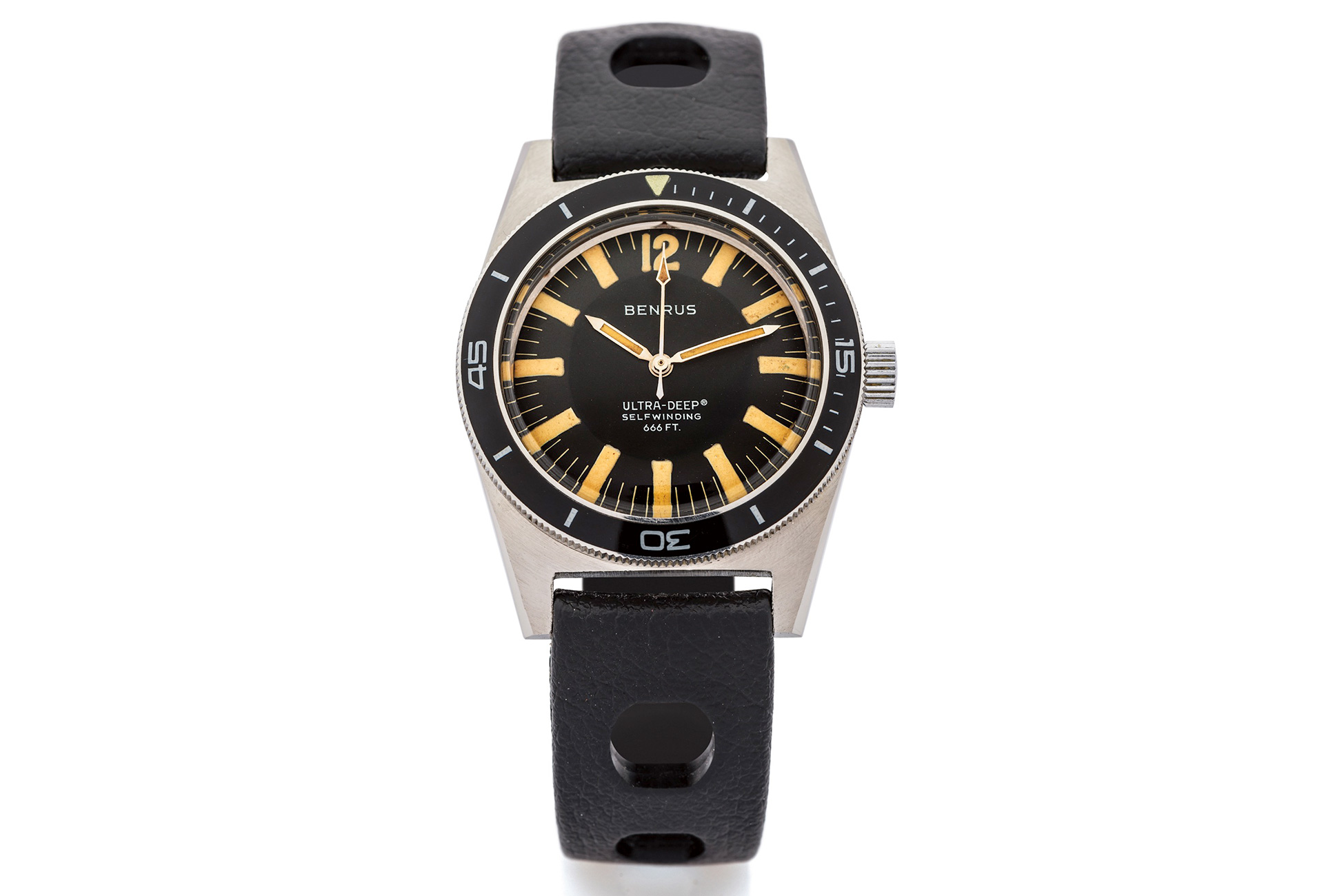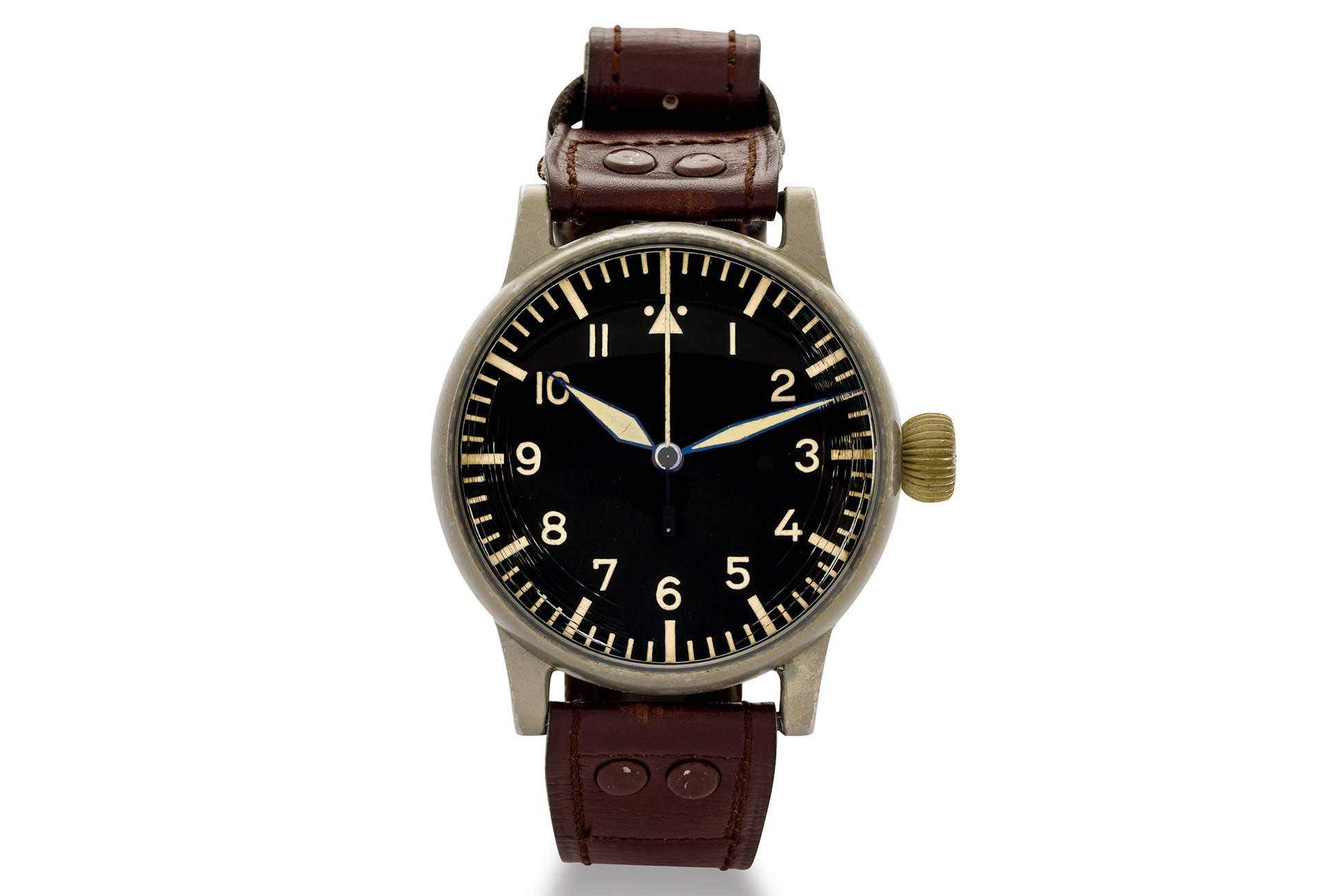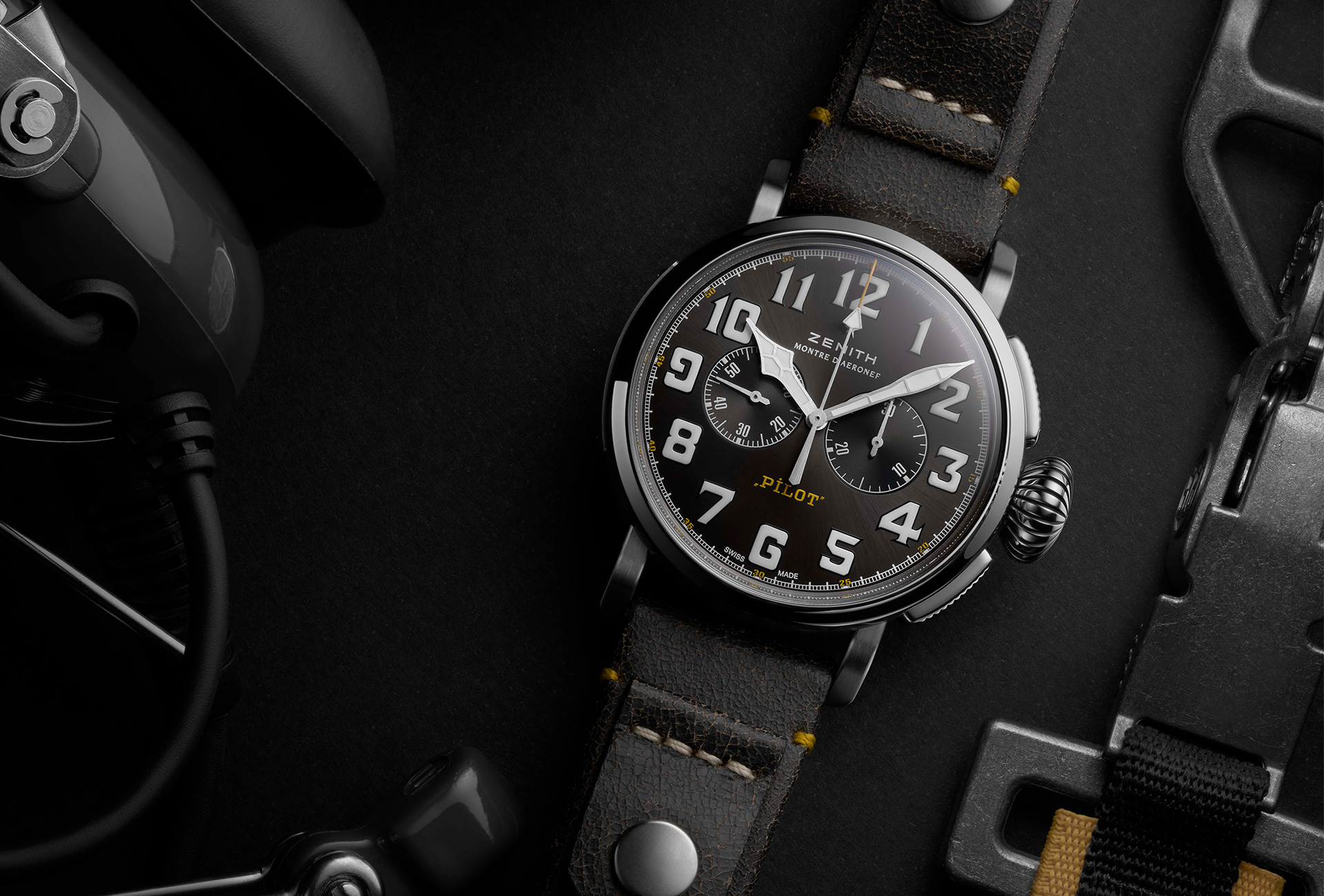Anyone in search of an indestructible timepiece for their next wilderness survival course will, in all probability, be offered a choice of electronic or solar-powered instruments coming out of Japan, most likely by Seiko, Citizen or, in the case of the ubiquitous G-Shock, Casio. A similar experience awaits fans of underwater adventure as they are nudged towards dive computers, considered a vital piece of safety equipment. But before this, as traditional watchmakers are wont to remind us, these were functions fulfilled by mechanical tool watches. Some mid-twentieth-century examples have earned legendary status, becoming the pride and joy of their makers who strive to keep them alive in their collections. Military watches, on the other hand, are rarely on the receiving end of such devoted attention.

Here’s a story any collector with an eye for military watches knows. Circa 1945, the British Ministry of Defence (MoD) contacted a number of Swiss manufacturers with a commission to produce watches for issue to its armed forces. Specifications stated they must have a waterproof steel case, shatterproof glass, and luminous hands and markers on a black dial bearing the Broad Arrow symbol that indicates Crown property. The movement had to be solid, anti-magnetic, display subsidiary seconds and be regulated to chronometer standard. Twelve manufacturers contributed to this “war effort”, delivering a total of some 150,000 watches.
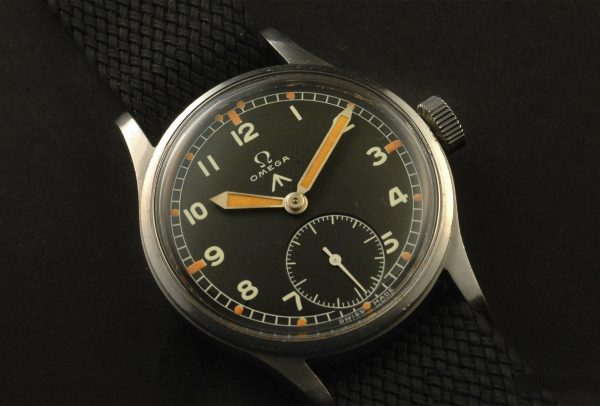
Half of them — Longines, Omega, Lemania (now under Breguet), Eterna, IWC and Jaeger-LeCoultre — are still prominent today. Collectors, who never miss a chance to invent a nickname for a particularly remarkable or desirable watch, gave these twelve manufacturers the rather inelegant sobriquet of the Dirty Dozen, in reference to Robert Aldrich’s 1967 film.
A class of their own
Identified by the W.W.W. engraving on the caseback (for Wrist, Watch, Waterproof), any specimen crossing the auctioneer’s block today rarely goes unsold, some models being particularly hard to find, hence sought-after. Yet how often do we hear a maker boasting that it’s one of the Dirty Dozen? And these are watches that were worn by the “good guys”! Imagine what it’s like for the B-Uhr or Beobachtungsuhr (observation watch) issued by the Bundeswehr, banished to the depths of horological history. But whatever reservations we may have, military watches – the first to become true instruments for the wrist, and this from as early as world war one – possess undeniable qualities.
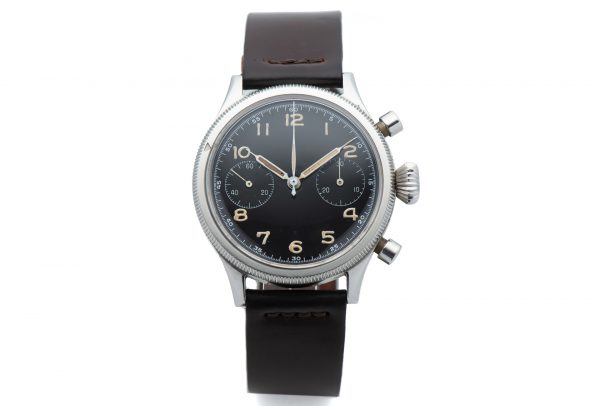
Plain, honest watches, their greatest virtue is to keep precise time even under the most adverse conditions, but this is not their only asset. A military watch will typically have a rugged stainless steel case enclosing a dial that is clearly legible, including in the dark of night. Standard issue for certain troops, they had to be easy to care for, easy to service and practical to operate. They were versatile too, having to adapt to the different armed forces and provide soldiers on land, at sea or in the air with dedicated functions and features.
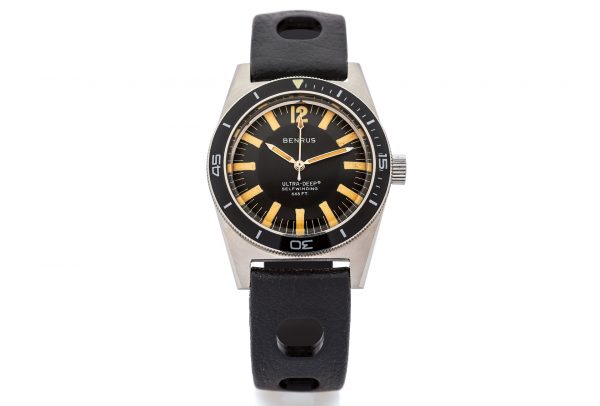
One could easily conclude that in terms of functionality, from these utilitarian beginnings the military timepiece shaped modern watchmaking, to such a degree that many of today’s models could be labelled a military watch. However, for this lineage to be considered a sign of style and workmanship, we need to look outside Switzerland, be it to storied manufacturers or to more recent names that are playing the military card for all its worth. In Germany, it’s a case of to hell with complexes! Stowa, Laco and Sinn join Steinhart or Guinand as makers of military watches. The United States and Canada have Benrus, MKII and Marathon. Then there’s Cabot Watch Company (CWC) in London. Not forgetting France and its Mat Watch, Ralf Tech or Yema. Coming back to Switzerland, only Military Watch Company, set up in 1974 in Zurich, makes its intentions clear.
Marketing matters
As expert Romain Réa explains, a military watch is about mechanics, it’s about history, and it’s about belonging. Of these three attributes, only one remains. Electronics and connectivity have steadily replaced mechanisms, as the Breitling Chronospace Military illustrates, while a sense of belonging to a given corps loses its relevance on a civilian wrist. This leaves military history, which marketing departments rarely find sexy. Commandos do still have a certain aura, though few Swiss manufactures are willing to venture onto this rocky terrain. A while back, Jaeger-LeCoultre released a Master Compressor Diving Automatic Navy SEALs, following a short-lived tie-in with the US Navy’s special operations force. Closer to today, Panerai and its connections with Italy’s COMSUBIN commandos are increasingly isolated in this theatre of operations – though need we remind anyone of the brand’s Italian roots and its historic role as official supplier to the country’s Navy? As for Anonimo, one of the rare names to propose a Militare range, it too comes out of Italy.
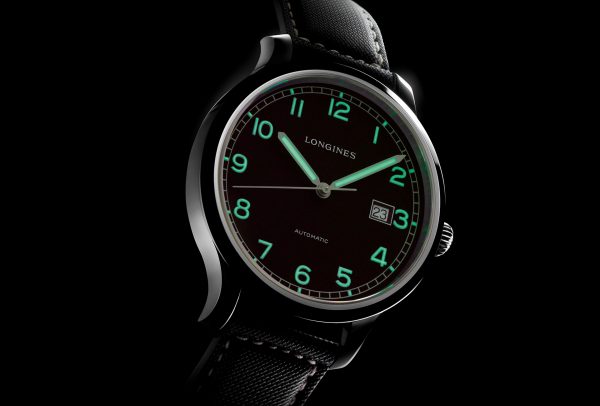
Some brands do allow their military history an occasional peek over the parapet. Think Longines and its Heritage Military 1938, Hamilton’s Khaki range or Blancpain whose Fifty Fathoms has undeniably military origins. Others choose to blur the line between military and vintage, stripping a model of its fatigues to create a more enticing story. Enamoured with these old-school dive watches, pilot’s watches from the pioneering days of flight or early racing circuit chronos, we forget the military applications of a Rolex Submariner – the famous MilSub –, an Omega Seamaster 300, a Heuer Bundeswehr Chronograph or a Zenith CP-2 Chrono. Released from active service, these practical and precise watches are ready-made for life on civvy street.








